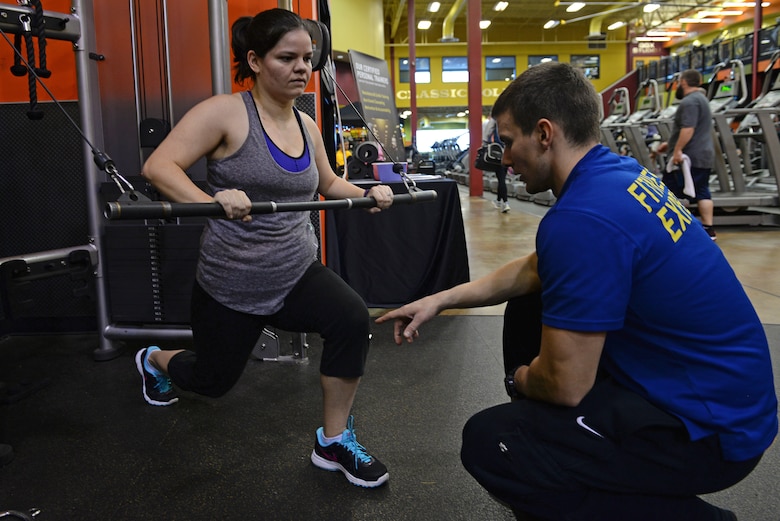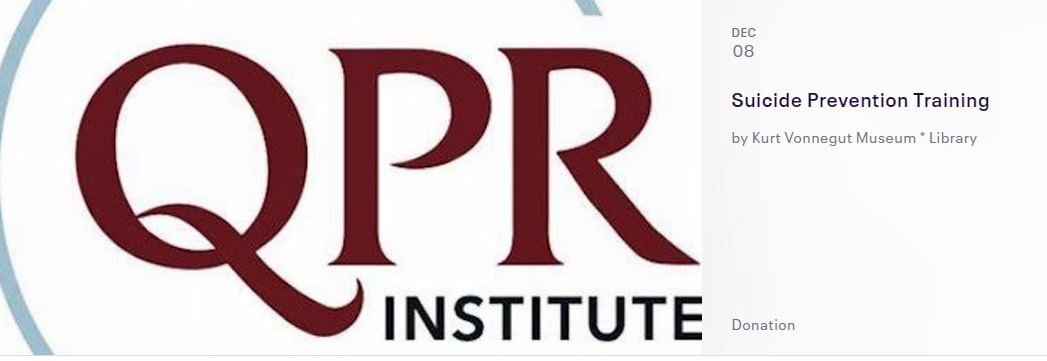
Everyone is in a rush over the holiday season, but it’s easy to keep things light when you fill half your plate with fruits and veggies at every meal and snack. You still get to indulge on holiday treats, but offsetting it with veggies will fill you up faster and ensure you’re getting all the nutrients you need. Here are some tips to get lots of veggies and fruits in during the last minute holiday rush!
1. Bring some snacks with you while you shop! Tangerines are in season. Most fruits are perfect snacks and come pre-wrapped! Bananas, baby carrots, snap peas and cherry tomatoes are also great to toss into a resealable bag and bring along.
2. Drink lots of water. Keeping yourself hydrated will minimize your cravings and keep you energized. Add some lemon or lime to your water bottle for an extra kick of antioxidant power! Read more about the power of lemon water here.
3. Afraid you may overeat at that work engagement? Eat before you leave! Chow down on some veggies and hummus before leaving. You’ll be less hungry when you arrive and less likely to give into those cravings!
4. Toss pre-portioned fruits into freezer bags so that you can make a quick smoothie when you’re ready to head out for some shopping.
5. Cooking for a crowd? Add some extra veggies to your favorite dishes for a nutritional punch. You can also try substituting rice or mashed potatoes for cauliflower “rice” or mashed sweet potatoes.
The holidays can be hectic so don’t worry about trying to count portions or servings. If you fill half your plate with fruits and veggies at every meal, you’ll be one step closer to healthier eating!
http://www.halfyourplate.ca/quick-tips-eating-fruits-veggies-holidays/






